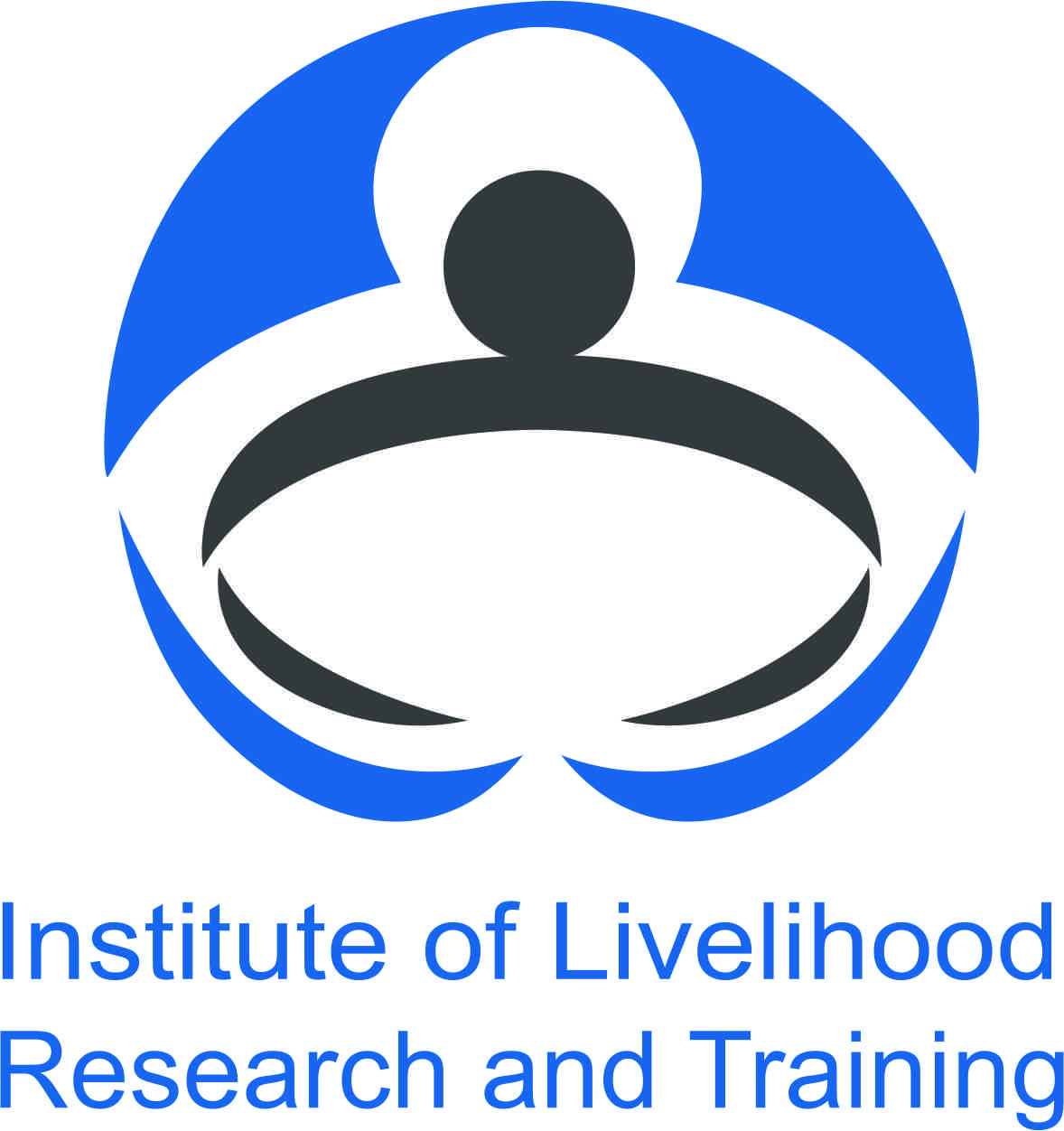Diabetes mellitus is a chronic problem that influences numerous individuals worldwide. It is identified by an inability of the body to control blood glucose levels successfully. Left without treatment, diabetes mellitus can cause various problems and posture major health and wellness risks. Thankfully, very early discovery and also monitoring of diabetic issues can aid people lead a healthy and balanced and satisfying life. In this write-up, we will talk about just how to check for diabetes as well as the different methods available for diagnosis.
The Importance of Diabetic Issues Testing
Normal testing for diabetes mellitus is vital to determine the problem at its beginning. Finding diabetic issues very early allows for timely interventions that can aid avoid or reduce problems. In addition, early diagnosis makes it possible for people to make necessary way of life modifications and seek proper medical treatment. If you experience signs such as extreme thirst, frequent urination, inexplicable weight management, exhaustion, or blurry vision, it is essential to speak with a medical care professional for more analysis.
Techniques for Examining Diabetes Mellitus
There are numerous methods readily available for screening and diagnosing diabetes. The selection of technique relies on different elements, including the person’s signs and symptoms, medical history, and risk aspects. The following are the principal methods utilized to look for diabetes:
- Not Eating Plasma Sugar (FPG) Examination: This examination gauges the blood sugar degree after not eating for at least 8 hrs. A fasting plasma glucose level of 126 milligrams per deciliter (mg/dL) or greater on two separate celebrations indicates diabetes.
- Dental Glucose Tolerance Examination (OGTT): The OGTT entails not eating for at the very least 8 hrs, complied with by eating a sugary gluco zero bangladesh beverage. Blood glucose degrees are then determined at normal intervals for as much as 3 hours. A blood sugar level level of 200 mg/dL or greater after the two-hour mark symbolizes diabetic issues.
- Hemoglobin A1C (HbA1C) Examination: This test provides approximately blood sugar levels over the past 2-3 months. An HbA1C degree of 6.5% or greater on 2 separate occasions is a measure of diabetes.
- Random Plasma Sugar Examination: This test gauges blood sugar level levels at any time of the day, regardless of the last dish. A plasma glucose level of 200 mg/dL or higher, accompanied by diabetes symptoms, recommends diabetic issues.
Prep Work for Diabetic Issues Testing
Prior to going through any kind of diabetes mellitus test, it is important to follow the essential preparation standards to guarantee precise outcomes. For the FPG and OGTT tests, fasting for a minimum of 8 hrs is called for. During this time, just water must be eaten. It is a good idea to get in touch with a healthcare specialist for details directions based on individual scenarios as well as medications being taken.
- Inform the healthcare professional regarding any drugs being taken, as some medicines might influence blood sugar level degrees as well as hinder test outcomes.
- Wear baggy apparel that permits easy accessibility to the arm for blood collection throughout crystalix screening.
- Prepare a listing of concerns or issues to discuss with the medical care professional throughout the appointment.
Analyzing Diabetes Examination Results
Recognizing the results of diabetes examinations is important for ideal diagnosis and also management. Below is a break down of the interpretation of examination results:
- Fasting Plasma Glucose (FPG) Test: A fasting plasma glucose degree below 100 mg/dL is thought about normal. In between 100-125 mg/dL shows prediabetes, while 126 mg/dL or higher on 2 different events symbolizes diabetes.
- Dental Sugar Tolerance Examination (OGTT): A blood sugar degree listed below 140 mg/dL is typical. Between 140-199 mg/dL suggests prediabetes, while 200 mg/dL or higher after the two-hour mark recommends diabetes mellitus.
- Hemoglobin A1C (HbA1C) Test: An HbA1C level listed below 5.7% is considered typical. In between 5.7-6.4% shows prediabetes, while 6.5% or higher on 2 separate celebrations suggests diabetes mellitus.
- Random Plasma Glucose Examination: A random plasma glucose degree below 140 mg/dL is thought about regular.200 mg/dL or greater, come with by diabetes signs, suggests diabetes.
Follow-Up After Diabetes Mellitus Medical Diagnosis
If you are identified with diabetes, it is essential to function closely with a healthcare professional to develop a personalized treatment strategy. This strategy might include drug, lifestyle adjustments, as well as routine surveillance of blood glucose degrees. In addition, it is critical to receive education and also assistance to take care of diabetes mellitus effectively as well as reduce the danger of complications. Bear in mind, diabetes mellitus is a convenient problem, and with appropriate treatment, you can lead a healthy and balanced as well as meeting life.
Finally
Checking for diabetic issues is a vital action in keeping good health and also protecting against problems. By undertaking routine screenings and paying attention to signs, people can spot diabetes mellitus early and look for suitable treatment. Remember to speak with a health care specialist for personalized recommendations as well as follow their guidelines for accurate testing. With very early medical diagnosis and efficient monitoring, people with diabetes mellitus can live a meeting life and reduce the danger of complications.

